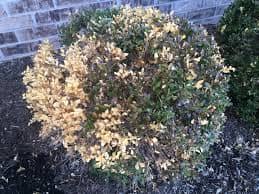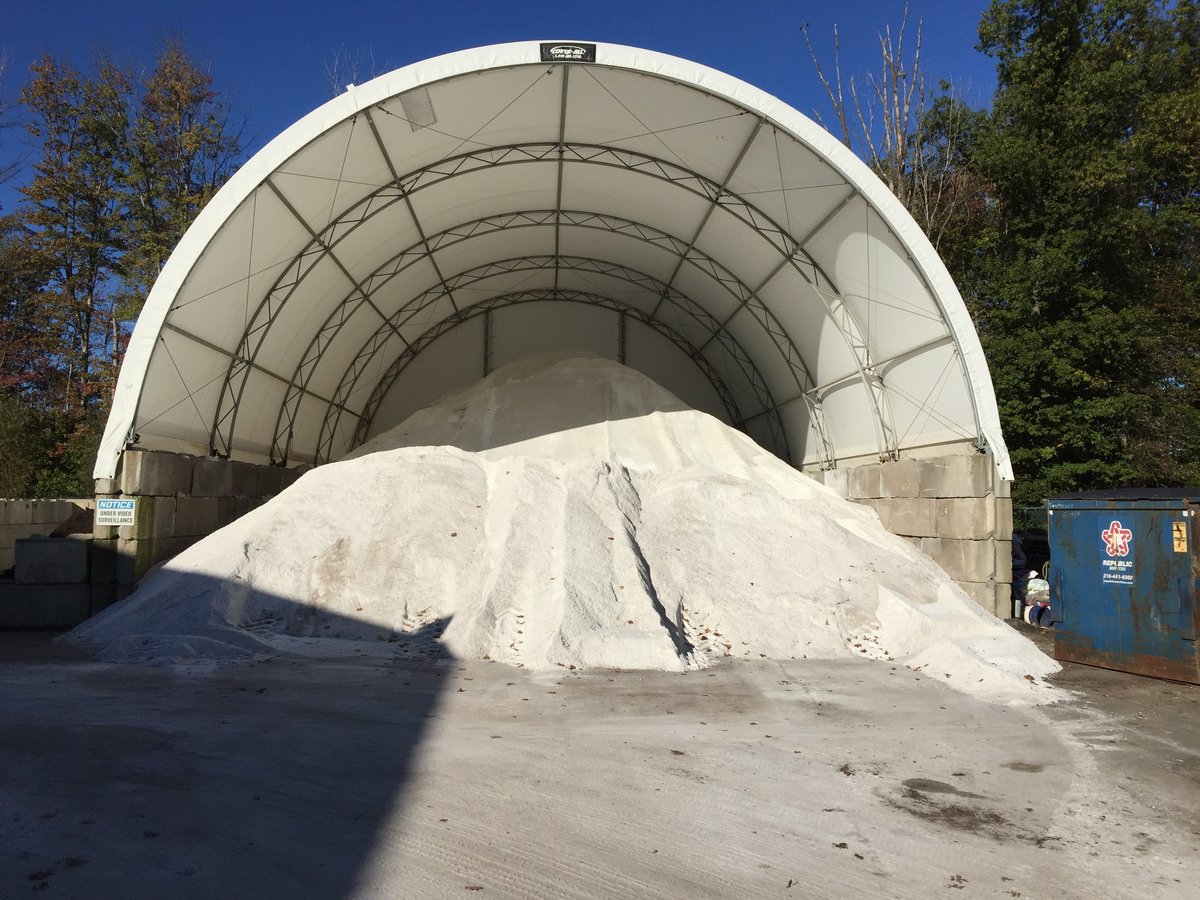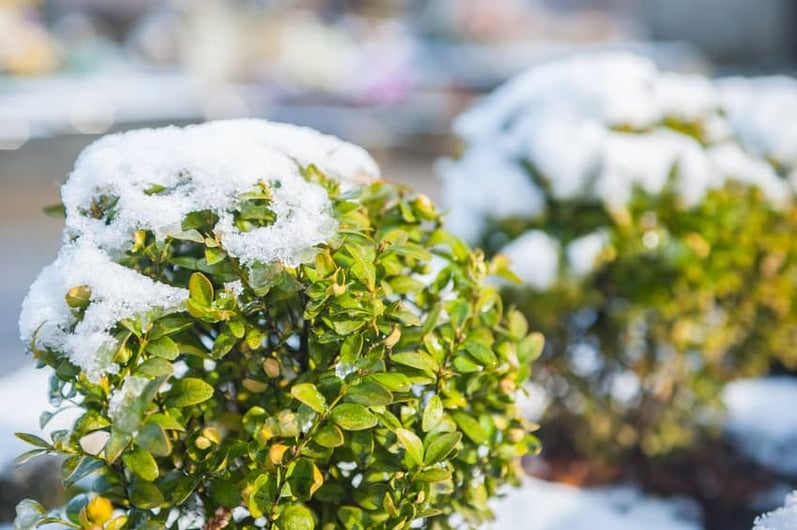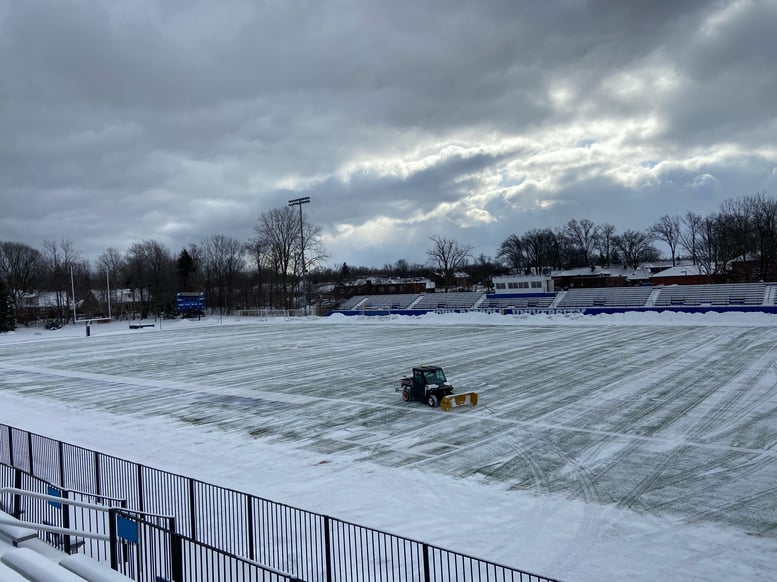As your commercial property heads into winter and the snow and ice season, you might be wondering how you can best protect your plants from the extreme weather conditions ahead.
After all, tree and shrub maintenance doesn’t just stop when the ground freezes. Not everything just hibernates over the winter and can be ignored. Sure many plants enter a state of dormancy in the cold weather months, but some don’t. And because these plants aren’t dormant, they can have trouble surviving Notheast Ohio winters without a little help.
Winter damage to trees and shrubs can be quite common, and you want to do what you can as a facility manager to stay ahead of these issues on your site so you don’t have to suffer costly plant losses and replacements.
Let’s review some common winter damage issues, so you know what to look for and can get ahead of any problems before they become unmanageable.
Tips For Protecting Plants From Winter Damage
As a commercial property manager, you want to ensure your landscape assets make it through the worst of winter’s wrath.

Old Man Winter isn’t very kind to the landscape, and since you never know how bad winter may get in Northeast Ohio, you want to be prepared for the worst case scenario should it occur.
Follow these tips for snow protection for plants so they can best survive the season and thrive come springtime.
What Does Winter Burn Plant Damage Look Like?
A common term you might hear around the winter season and your plants is winter burn plant damage.
Winter burn may be something you think happens during the worst of winter, but it actually occurs during warm weather in late winter and early spring. Since your evergreens don’t become completely dormant, the fluctuating temperatures, sun’s light, and winter winds can take their toll.

What happens is evergreens lose water through their leaves during winter since they aren’t dormant, and to replace that lost water they pull water from the roots. In the frozen ground, however, the roots can’t actually supply the water they need. As a result, the plant’s leaves will curl and brown from moisture loss.
The good news: You can protect your Northeast Ohio commercial property’s evergreens from winter burn with some simple preventive measures. And, by understanding why winter burn happens, you’re a step ahead of winter’s bite.
What Causes Winter Burn Plant Damage?
Winter burn plant damage is generally seen on trees and shrubs during mid- to late winter, moving into spring.
But by the time you notice the symptoms, the damage has already been done. Winter burn is the result of a few major factors: wind, salt and extreme cold.
Cause #1: Wind
Evergreens require moisture all winter long, and even though they stop growing during the cold season, they can still absorb and hold water. They just do this at a slower rate.
Excessive wind dries out branches and strips moisture from plants.
Cause #2: Salt
The salts that are used on roads and parking lots to help melt snow and ice during Northeast Ohio winters can end up in nearby landscapes and negatively impact evergreens.

When salt is absorbed by the soil, the effect is a lot like when you eat a really salty meal. Salt can pull moisture out of plants and cause them to get very thirsty. But the frozen ground doesn’t exactly provide a hearty drink of water for these parched evergreens.
Cause #3: Extreme Cold
Prolonged freezing temperatures can result in a deeper frost line.
Evergreens pull moisture from the soil to thrive during a tough winter, and a deep frost line can mean frozen roots.

Protecting Plants From Winter Damage
Damage to your plants may be tough to notice because it’s rarely discovered until it’s too late.
The goal is to protect your at-risk plants preventively to minimize winter burn plant damage’s negative effects.
Some commercial landscape companies will provide applications of a product like Wilt-Pruf to help create a protective coating on plant foliage and stems, allowing your trees and shrubs to retain moisture during these periods of stress.
Wilt-Pruf is a natural, biodegradable product, too, that reduces water loss. It can be used on trees, as well as shrubs like boxwood, rhododendron, azalea, and holly.
These types of anti-desiccants can go a long way toward locking in moisture so evergreens can “beat the cold” this winter.
Time for Snow Protection For Plants in Your Commercial Landscape
When evergreens are injured from winter burn plant damage, they may not come back.
Your commercial landscape is an important investment, and protecting against winter damage can ultimately protect your budget when it comes time to plant in spring. The last thing you want is to replace evergreens that could have been preserved with an anti-desiccant.

Even if winter is harsh, you definitely want your lawn to bounce back as quickly as possible once spring arrives.
While we can’t say winter landscape problems won’t strike your commercial landscape, we can say that the right commercial landscaping partner can help you stay on alert and combat these problems before they cause too much damage.
Want to learn more about Turfscape’s commercial landscape services in Northeast Ohio? Get started today with a free quote. We’ll review your options together so you can feel confident and make a great choice.



